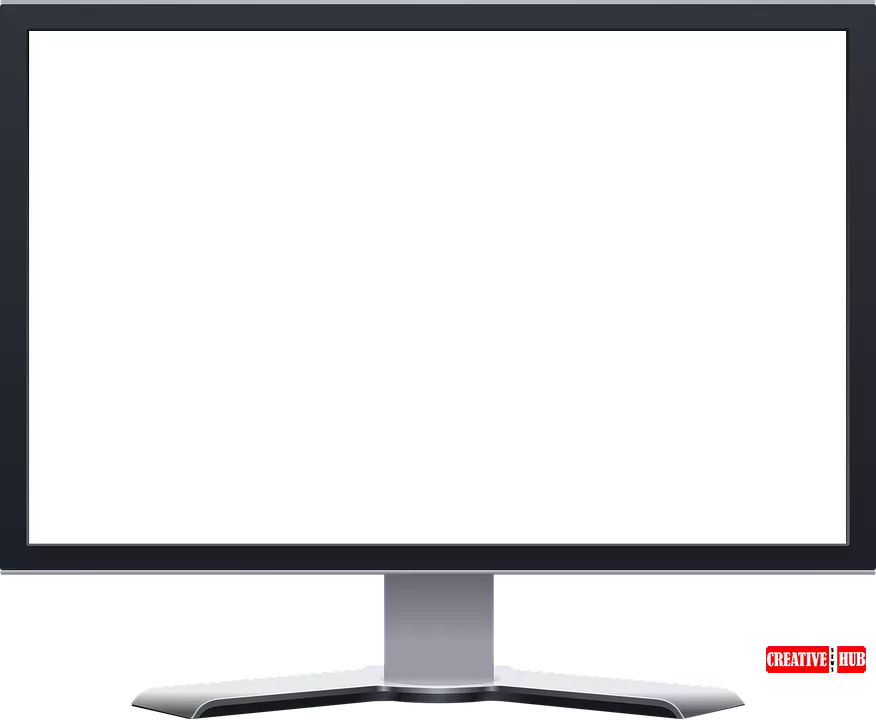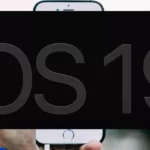Visual design is more than just aesthetics; it’s a fundamental communication component in the digital age. Designers like Gleb Kuznetsov from Fantasy are in charge of using visual design as a cornerstone for building intuitive and engaging user experiences. Their work on Huawei’s mobile operating system exemplifies the power of visual language, where each element—from fonts and colors to shapes and icons—serves a purpose in streamlining communication and enhancing user interaction.
Creating a seamless user experience requires a deep understanding of how visual elements interact in the fast-paced world of technology and design. This approach ensures clarity and fosters a connection between the user and the product, making visual design an essential building block for innovation.
The Role of Visual Design in Modern Communication
Visual design bridges technology and users, translating complex ideas into digestible and attractive formats. In today’s digital landscape, where users are bombarded with information, having a clear and cohesive visual design language is crucial. It helps users navigate interfaces intuitively, reducing the cognitive load and enhancing overall satisfaction.
According to experts, a well-crafted visual design language goes beyond mere decoration. It involves strategically using typography, color schemes, and imagery to convey messages effectively. This is particularly important in mobile and web design, where screen space is limited and user attention is fleeting. By prioritizing visual clarity and consistency, designers can create interfaces that look good and function effortlessly.
How Fantasy’s Approach to Visual Design Sets a New Standard
Fantasy, a design agency known for its innovative approach, has been at the forefront of redefining visual design standards. Their collaboration with Huawei on a mobile OS showcases their commitment to creating a user-centric design. Gleb Kuznetsov and his team focused on developing a visual language that is adaptable, scalable, and resonates with a global audience.

The team’s approach was rooted in understanding user behavior and preferences. They conducted extensive research and testing to identify key visual elements that would enhance user experience. By integrating cultural nuances and user feedback, they crafted a design language that feels familiar yet innovative, setting a new benchmark in the industry.
The Elements of a Robust Visual Design Language
A robust visual design language comprises several key elements that create a cohesive user experience. Fonts, colors, shapes, and icons are the building blocks that designers use to communicate with users. Each element is carefully selected to evoke specific emotions and guide user interactions.
Typography, for instance, plays a crucial role in readability and accessibility. Choosing the right font can significantly impact how users perceive and interact with content. Similarly, color schemes establish brand identity and influence user emotions. By understanding the psychology of colors, designers can create environments that are not only visually appealing but also psychologically engaging.
The Impact of Visual Design on User Experience
The impact of visual design on user experience cannot be overstated. A well-designed interface can increase user engagement, conversion rates, and customer satisfaction. As users become more discerning, they expect products to function well and provide an enjoyable and aesthetically pleasing experience.
Research shows that users form first impressions within seconds, making visual design a critical factor in product success. A visually appealing design can capture user attention and encourage exploration, while a poorly designed interface may lead to frustration and abandonment. Therefore, investing in visual design is not just about aesthetics; it’s about creating meaningful and lasting user experiences.
Evolution of Visual Design
As technology continues to evolve, so will visual design’s role. Emerging technologies like augmented reality (AR) and virtual reality (VR) present new opportunities and challenges for designers. These platforms require a reimagining of visual language to create immersive and interactive experiences.
Moreover, the rise of artificial intelligence (AI) and machine learning is poised to transform how designers approach visual design. These technologies can provide insights into user behavior, allowing for more personalized and adaptive design solutions. The need for a strong visual design language will only grow as the digital landscape becomes more complex.
In conclusion, visual design is not just a decorative element; it’s a fundamental building block of innovation. By prioritizing clarity, consistency, and user-centric design, companies like Fantasy are setting new standards in the industry. As we look to the future, embracing the power of visual design will be essential for creating products that resonate with users and stand the test of time.
Integrating Cultural Contexts into Visual Design
One of the most critical aspects of creating a compelling visual design language is understanding and integrating cultural contexts. As products reach a global audience, designers must consider diverse cultural perspectives to ensure that visual elements resonate universally while respecting local nuances. This requires a nuanced approach to design that considers cultural symbolism, color meanings, and visual metaphors that may vary significantly across regions.
For example, certain colors might carry specific connotations in different cultures. Red is often associated with luck and prosperity in many Asian cultures, while it might signify danger or warning in Western contexts. Designers must navigate these differences to craft a visual language that effectively communicates across borders. Design teams can create globally appealing and locally relevant interfaces by conducting thorough cultural research and collaborating with local experts.
The Intersection of Visual Design and Accessibility
As the digital world becomes more inclusive, accessibility has emerged as a critical consideration in visual design. Designers are tasked with creating interfaces that are not only visually engaging but also accessible to users with diverse abilities. This involves designing with features like contrast ratios, scalable fonts, and adaptable layouts that accommodate various assistive technologies.
Incorporating accessibility into visual design requires deeply understanding of user needs and challenges. By prioritizing accessibility, designers can ensure that their products are usable by everyone, regardless of physical or cognitive limitations. This broadens the potential user base and enhances the overall user experience by fostering an inclusive digital environment.
Case Studies: Successful Visual Design Implementations
Several companies have successfully harnessed the power of visual design to transform user experiences. Take Airbnb, for instance, which revamped its visual design to create a more welcoming and cohesive experience across its platform. By focusing on consistency and simplicity, Airbnb’s design team was able to streamline navigation and significantly improve user engagement.
Another notable example is Spotify, which uses dynamic visual design to enhance user interaction. Vibrant colors, intuitive layouts, and engaging animations create a highly immersive experience that resonates with its diverse user base. These case studies highlight the benefits of investing in a robust visual design strategy.
Challenges and Considerations in Visual Design
While the benefits of visual design are clear, designers face several challenges in implementing effective visual strategies. Balancing aesthetics with functionality is a perennial challenge, as designers must ensure that visual elements enhance rather than detract from the overall user experience. Additionally, staying ahead of design trends while maintaining brand identity requires constant innovation and adaptability.
Another consideration is the rapid advancement of technology, which continually reshapes the design landscape. Designers must keep pace with these changes to remain relevant and effective. This requires ongoing learning, adaptation, and a willingness to experiment with new tools and methodologies.
Embracing the Future of Visual Design
The role of visual design will continue to expand and evolve. Designers must embrace new technologies and methodologies to create experiences that are not only visually stunning but also meaningful and accessible. By integrating cultural contexts, prioritizing accessibility, and addressing emerging challenges, the future of visual design holds immense potential for innovation and impact.
In this dynamic landscape, companies that invest in strong visual design principles will be well-positioned to create products that resonate with users and withstand the test of time. As visual design shapes how we interact with technology, its importance as a cornerstone of communication and user experience will grow.

Jim Smith is a passionate writer who explores the intersections of arts, design, and technology, with a special focus on education, freelancing, and the evolving world of UX design. His work delves into creative trends, skill-building, and the future of digital innovation, inspiring readers to embrace growth and creativity in the modern era.








